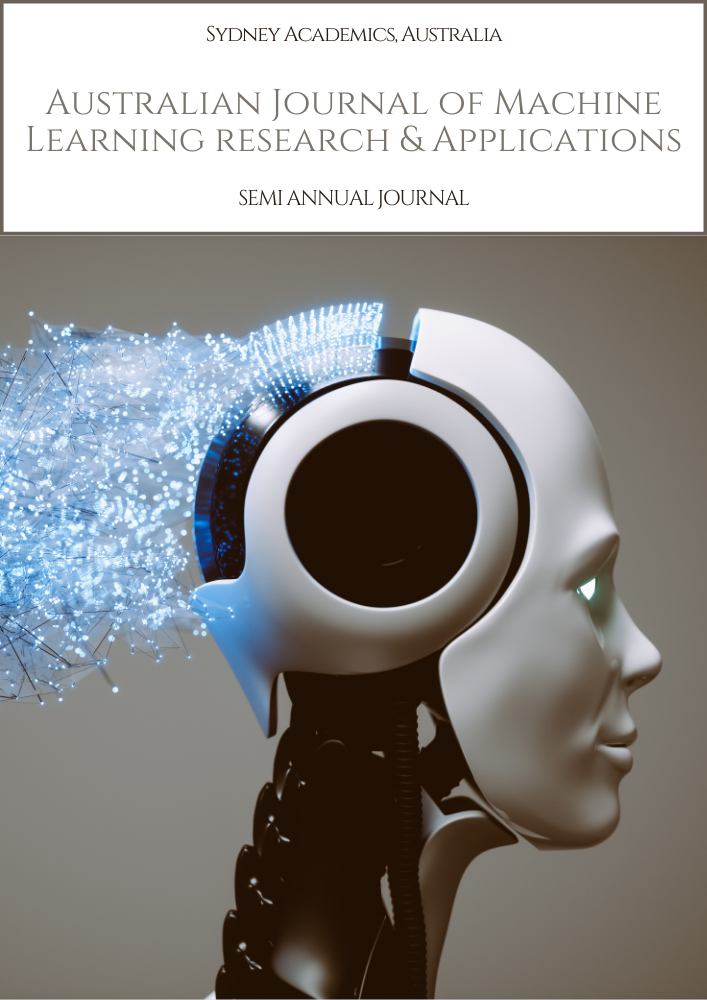IoT-enabled Adaptive Cybersecurity Framework for Autonomous Vehicle Networks
Abstract
In the state-of-the-art, the main incentive is to provide secure, privacy-enhanced, authenticated and flexible functionalities of prosumer electric power distribution network by integrating IoT with blockchain technologies. In brief, the high-level architecture of the vehicle-to-vehicle IoT includes in-vehicle communication with connected vehicle I/Os, decision-making intelligent gateway I/Os and gateway ECUs, connected vehicle backbone, service-oriented middleware, IoT smart services and public interfaces. Every node cooperatively offers secure and adaptive communication services using mutual cyber-security confirmations.
The automotive industry is increasingly embracing the paradigm of cybersecurity as a crucial decision-making parameter in the implementation of secure, safe, and dependable automated vehicle technology. Because automotive networks are progressing from your standard CAN to Ethernet, a new milestone has been touched in the evolution, i.e., towards the modern state of in-vehicle communication: connected car architecture, decision-making power of gateways, tension between safety-critical nodes, and more.
Downloads
References
Perumalsamy, Jegatheeswari, Bhargav Kumar Konidena, and Bhavani Krothapalli. "AI-Driven Risk Modeling in Life Insurance: Advanced Techniques for Mortality and Longevity Prediction." Journal of Artificial Intelligence Research and Applications 3.2 (2023): 392-422.
Karamthulla, Musarath Jahan, et al. "From Theory to Practice: Implementing AI Technologies in Project Management." International Journal for Multidisciplinary Research 6.2 (2024): 1-11.
Jeyaraman, J., Krishnamoorthy, G., Konidena, B. K., & Sistla, S. M. K. (2024). Machine Learning for Demand Forecasting in Manufacturing. International Journal for Multidisciplinary Research, 6(1), 1-115.
Karamthulla, Musarath Jahan, et al. "Navigating the Future: AI-Driven Project Management in the Digital Era." International Journal for Multidisciplinary Research 6.2 (2024): 1-11.
Karamthulla, M. J., Prakash, S., Tadimarri, A., & Tomar, M. (2024). Efficiency Unleashed: Harnessing AI for Agile Project Management. International Journal For Multidisciplinary Research, 6(2), 1-13.
Jeyaraman, Jawaharbabu, Jesu Narkarunai Arasu Malaiyappan, and Sai Mani Krishna Sistla. "Advancements in Reinforcement Learning Algorithms for Autonomous Systems." International Journal of Innovative Science and Research Technology (IJISRT) 9.3 (2024): 1941-1946.
Jangoan, Suhas, Gowrisankar Krishnamoorthy, and Jesu Narkarunai Arasu Malaiyappan. "Predictive Maintenance using Machine Learning in Industrial IoT." International Journal of Innovative Science and Research Technology (IJISRT) 9.3 (2024): 1909-1915.
Jangoan, Suhas, et al. "Demystifying Explainable AI: Understanding, Transparency, and Trust." International Journal For Multidisciplinary Research 6.2 (2024): 1-13.
Krishnamoorthy, Gowrisankar, et al. "Enhancing Worker Safety in Manufacturing with IoT and ML." International Journal For Multidisciplinary Research 6.1 (2024): 1-11.
Perumalsamy, Jegatheeswari, Muthukrishnan Muthusubramanian, and Lavanya Shanmugam. "Machine Learning Applications in Actuarial Product Development: Enhancing Pricing and Risk Assessment." Journal of Science & Technology 4.4 (2023): 34-65.


